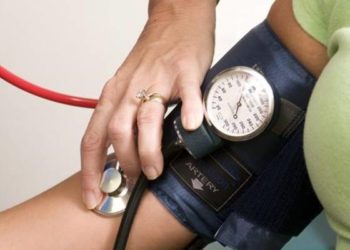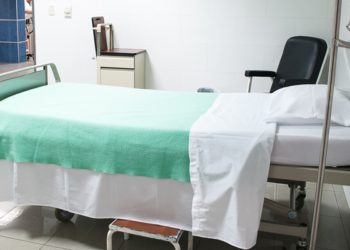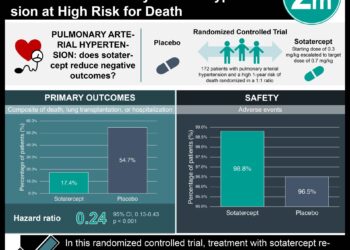Childhood obstructive sleep apnea persisting throughout development associated with adolescent hypertension
1. Children in whom pediatric obstructive sleep apnea persisted through developmental stages had a nearly three-fold increased odds of developing hypertension as adolescents.
2. Obstructive sleep apnea should be screened in children and early interventions should be offered to young patients in order to prevent future cardiovascular consequences.
Evidence Rating Level: 2 (Good)
Study Rundown: Obstructive sleep apnea (OSA) has been established as a fixed risk factor for elevated blood pressure (eBP) and cardiovascular disease in adults. This association has also been observed in cross-sectional studies between pediatric OSA and eBP. However, its longitudinal association with eBP at later developmental stages is not well understood, likely owing to short or difficult follow-up studies. This population-based cohort study sought to evaluate the association of pediatric OSA with adolescent eBP and its orthostatic reactivity, stratifying for sex differences and course of disease as well as accounting for visceral adipose tissue (VAT) and metabolic and sleep factors during follow-up as adolescents. The main outcomes and measures of the analysis included the apnea-hypopnea index (AHI) score, determined via polysomnography; eBP measured in the seated position interpreted using pediatric hypertension clinical practice guidelines; orthostatic hyperreactivity identified via orthostatic vitals; and VAT assessed via dual-energy x-ray absorptiometry. Among 421 children enrolled in the follow-up study, persistent pediatric OSA (AHI≥2) was associated with approximately three-fold increased odds (OR 2.9) of developing adolescent eBP. In particular, there was a dose-response association between the severity of adolescent OSA with eBP and orthostatic hypertension. Furthermore, adolescent hypertension risk was influenced by sex, suggesting metabolic abnormalities play an important role in the mechanistic pathway between OSA and hypertension, especially in males. A limitation of this study was that only 60.1% of the original Penn State Child Cohort returned to participate in the adolescent follow-up examination, potentially introducing selection bias into the study’s follow-up data and associations.
Click to read the study in JAMA Cardiology
Relevant Reading: Childhood OSA is an independent determinant of blood pressure in adulthood: longitudinal follow-up study
In-Depth [prospective cohort]: This population-based cohort study, as part of the Penn State Child Cohort, enrolled a random sample of 700 children aged 5 to 12 years from 2000-2005. From 2010 to 2013, a total of 421 participants (60.1%) returned for follow-up as adolescents (ages, 12-23 years). Among the 421 follow-up patients (mean [SD] age, 16.5 [2.3] years), 227 (53.9%) were male and 92 (21.9%) were racial/ethnic minorities. The study found that a persistent AHI of 2 or more since childhood was longitudinally associated with adolescent eBP (OR, 2.9; 95%CI 1.1-7.5), while a remitted AHI of 2 or more was not (OR, 0.9; 95%CI 0.3-2.6). This association between adolescent OSA and eBP was in a dose-response manner. Among adolescents, an AHI of 2 to 4 was nonsignificant for eBP (OR, 1.5; 95% CI, 0.9-2.6) while those with an AHI of 5 or more had approximately 2-fold increased odds for eBP (OR, 2.3; 95%CI, 1.1-4.9) after accounting for VAT. Additionally, an AHI of 5 or more (OR, 3.1; 95%CI, 1.2-8.5), but not between 2 to 4 (OR, 1.3; 95%CI, 0.6-3.0), was associated with adolescent orthostatic hyperreactivity even after adjusting for VAT. Lastly, stratifying for differences in sex found that pediatric OSA was not associated with adolescent eBP in females, while the risk of OSA and eBP was greater in males.
Image: PD
©2021 2 Minute Medicine, Inc. All rights reserved. No works may be reproduced without expressed written consent from 2 Minute Medicine, Inc. Inquire about licensing here. No article should be construed as medical advice and is not intended as such by the authors or by 2 Minute Medicine, Inc.






